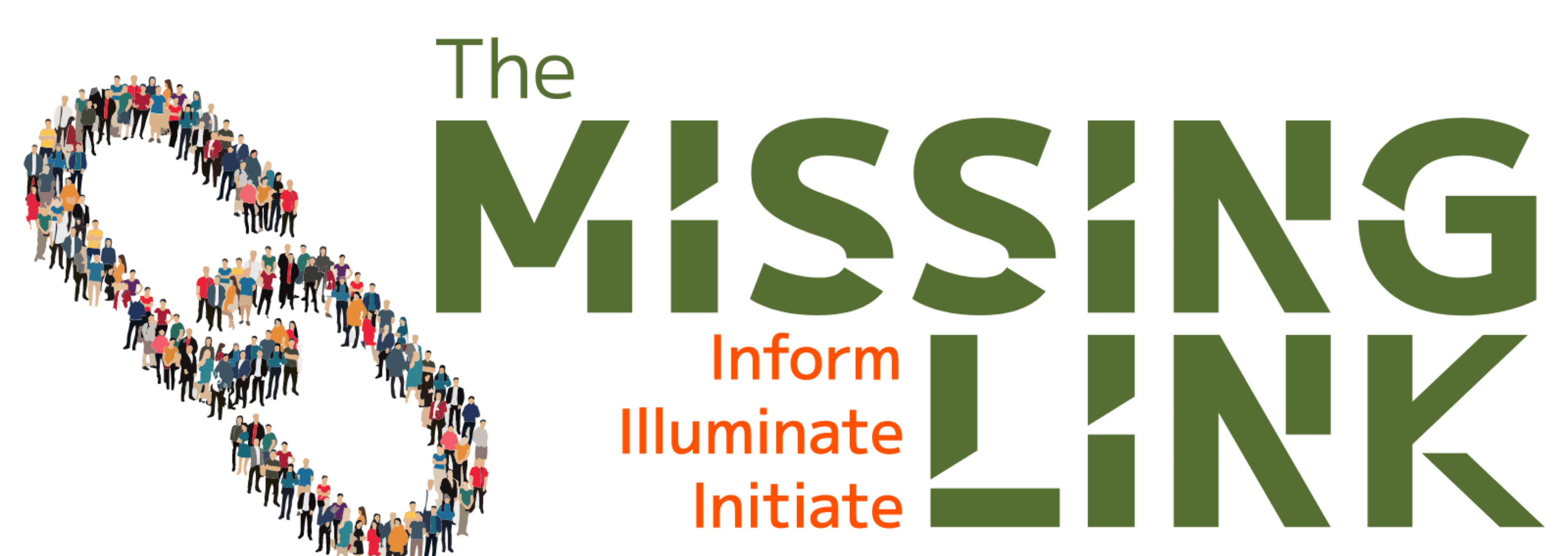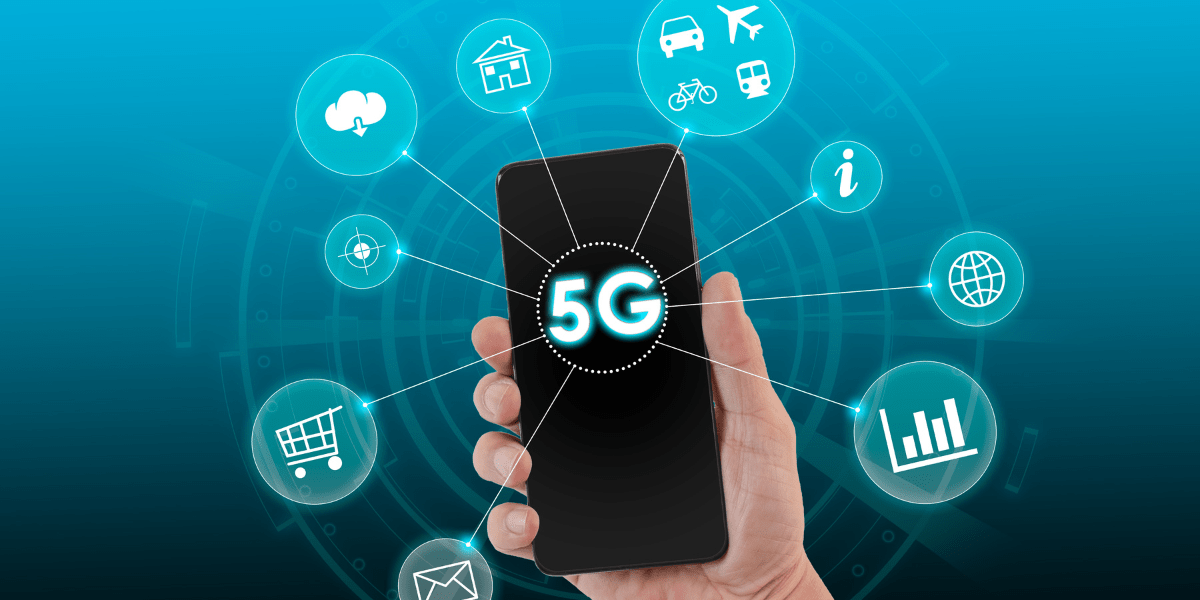Most counties have started rolling out 5G networks. In India, 5G networks are expected to be launched in major cities by the year’s end. 5G is poised to enhance our connected lives and pave the way for new innovations. The 4G era saw the innovation of various networking trends, such as increasing numbers of smartphones, and remote and mobile workforces. These trends created a need to support faster speeds and greater cell density. Remember that services like Uber, Swiggy, Paytm, and others that have become woven into the day-to-day fabric of our lives couldn’t exist until 4G networks started to mature. In this article, let us look at the key features of 5G networks and new use case possibilities in the 5G era.
5G Radio Network
Radio waves have been used for wireless communication for over 100 years. We use them for radio and TV broadcasting, communication on mobile networks, and Wi-Fi. Radio waves can travel around corners and even reach into buildings – perfect for mobile communication. 5G uses three different ranges of radio frequencies: Low, Mid and High. Low frequencies were used for broadcast TV and are still used for mobile communication. Low frequencies are great for covering large areas. Mid radio frequencies, which are used for 4G, and Wi-Fi are great for adding capacity. High radio frequencies are used for sensors in cars and for communicating with satellites. For 5G they add even more capacity. So, the radio frequencies used in 5G are nothing new. It’s just that 5G enables better ways of communicating.
5G Speed and Capacity
Video, gaming, and browsing traffic keeps growing rapidly, but there is a limit to how much data radio waves can carry. If we reach that limit, one’s speed needs to decrease for another’s to increase. Earlier mobile network technologies (2G, 3G) were like single lane roads which got congested fast. 4G improved data compression and added new frequency bands increasing the capacity 10 times making smartphones work great. But in crowded areas such as sports stadiums and train stations, 4G capacity is not always enough. With the new 5G frequency bands and technologies, capacity will be increased by a further 10 times. This is important because data traffic grows at about 60% per year as people stream more video and use more connected services. 5G was designed to provide more capacity for social media, video streaming and other things we are already doing today, but also for new innovative use cases such as securely streaming high-quality video from an ambulance to the hospital.
5G can connect more devices
When connecting a phone, a 4G radio sends radio signals over a wide area even though the signal is needed only where the phone is located. 5G solves this issue by intelligently transmitting to each device, with high precision – which enables it to handle as many as 1 million devices per square kilometer. This precision reduces the noise in 5G so that it is easier to connect many devices. The increased ability to connect to more devices is necessary since the number of devices that connect to the network increases by about 25% per year.
5G is designed for more than phones
4G was a great leap forward, allowing people to stream music and video on the go. However, 4G provided a one-size-fits-all kind of connectivity, where every device got the same service and was not optimized for devices with smaller batteries such as smartwatches. Also, 4G doesn’t have fast enough response times to control robots remotely. 5G is designed to provide the unique type of connection needed for anything. For a smartwatch that runs on a small battery, 5G can provide a connection that consumes very little energy. For an industrial robot, 5G can provide an extremely stable and fast connection. This is valuable because, in the future, we will see more and more new types of connected devices, each requiring connections with different levels of performance and characteristics
5G can act as many different networks
A 5G network can function as many separate networks – all at the same time. This technology is called Network Slicing. Emergency responders can get an extra secure and reliable slice that lets doctors begin to diagnose a patient while still in the ambulance. A city can get a network slice for monitoring all its energy use to improve sustainability. While gamers can use another slice that gives them a faster response to play games wherever they are.
5G and farming
Many parts of the world face water shortages for agriculture. To meet the needs of the growing population, crop yield needs to increase sustainably. 5G helps meet these challenges by accelerating agriculture digitalization, connecting every aspect of the business. Tiny soil sensors, measuring watering and fertilization needs to minimize usage, could get up to 10 years of battery lifetime connected with 5G.
5G and gaming
Capacity, speed, and millisecond response times make it possible to play advanced games wherever you are. 5G brings the capacity needed for streaming massive multiplayer games including immersive experiences in augmented reality. Future devices can be more lightweight while still having long battery life since the network handles the processing. This also means that there is less need to update devices as new games are released, making advanced mobile gaming more accessible.
5G and traffic
5G could play a key role in the transformation of the entire traffic system by digitizing it and connecting vehicles and roadside infrastructure. With real-time information being shared over 5G networks, vehicles will know the state of traffic so that flows can be optimized, and congestion minimized. This reduces both travel times and emissions. Instant sharing of data makes it possible for vehicles to see around corners, improving everyone’s safety. 5G makes this possible by supporting extreme device density, millisecond response time and the ability to create dedicated network slices for the traffic infrastructure.
Negative Impacts of 5G
As the new 5G network allows for more devices to be used by the consumer, there will certainly be an increase in energy usage globally. Energy usage is one of the main contributors to climate change today and an increase in energy usage would cause climate change to increase drastically as well. As consumers gain access to more technologies the cycle of consumption only expands. As new devices are developed, the older devices are thrown out even if they are still functional.
Long-term studies that investigate the effects of exposure to radio networks are ongoing. There is certainly evidence that ties radio field exposure to a small increase in the risk of developing certain cancers and other adverse health outcomes. But the jury is still out on how serious a threat the radio field poses to our health. For those of us who live in densely populated areas, there is no escape from the myriad radio waves zipping through the air all around us. To reduce our exposure, the USA Food and Drug Administration suggests cutting down how much time we spend on our cell phones, as well as using speaker mode or a hands-free kit to create more distance between our devices and our heads. The American Academy of Pediatrics recommends limiting the time that kids and teenagers spend on mobile devices.
Conclusion
There will likely be several incredibly important new services and applications that 5G will enable in a wide array of domains such as education, entertainment, smart homes, healthcare, logistics, communications, etc. With the prudent use of 5G, we can enjoy the benefits of new services it enables while minimizing the health and environmental risks associated with it.






